- The President of Kyrgyzstan, Sadyr Japarov, approved the draft law "On Amendments to the Law...
The President of Kyrgyzstan, Sadyr Japarov, has approved amendments to the draft law "On Food...
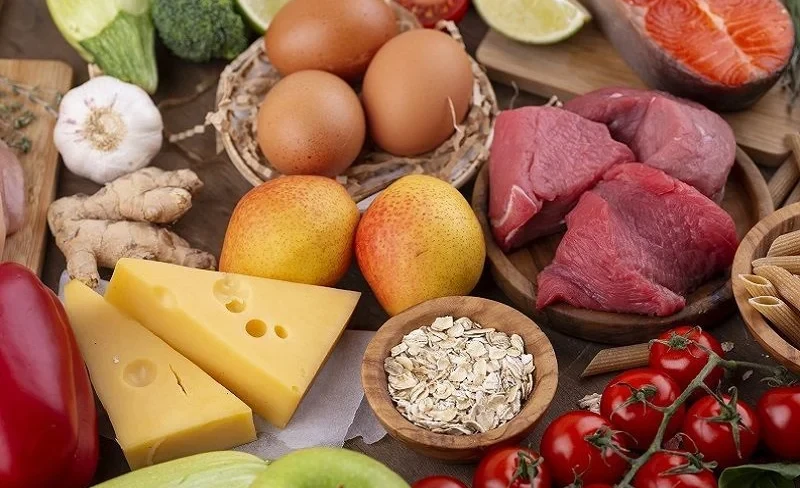
The President of Kyrgyzstan, Sadyr Japarov, has approved the draft law "On Amendments to the...
President Sadyr Japarov has approved a law that introduces changes to key areas of healthcare and...
- President Sadyr Japarov signed the draft law "On Amendments to the Law on Food Security of...
The Ministry of Economy and Commerce of Kyrgyzstan has initiated the creation of an electronic...
The President of the Kyrgyz Republic, Sadyr Japarov, has signed the Law "On the Ratification...
The President of the Kyrgyz Republic, Sadyr Japarov, has approved a law regarding amendments to the...
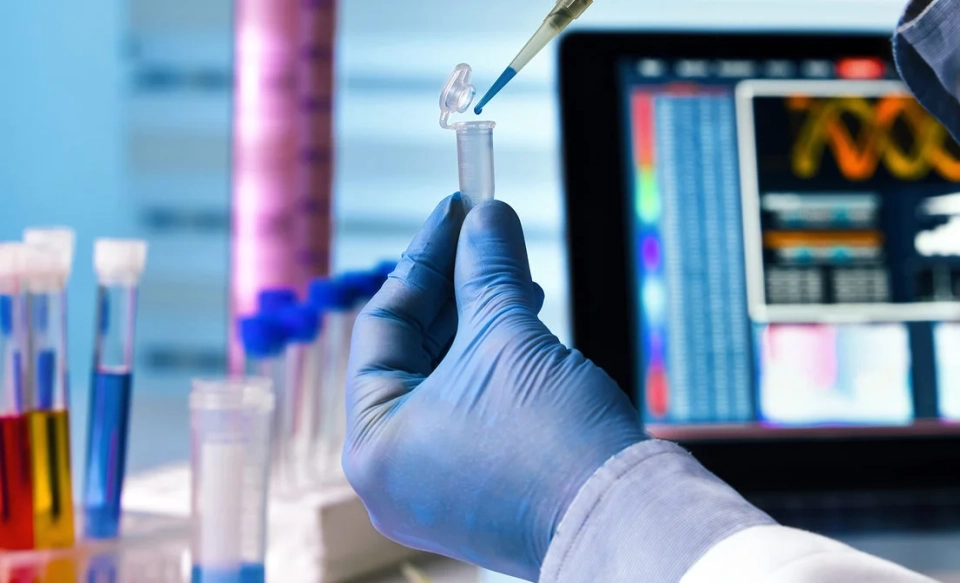
President of the Kyrgyz Republic Sadyr Japarov has approved a new law that amends the existing law...
The President of the Kyrgyz Republic, Sadyr Japarov, has approved a law that amends a number of...
President Sadyr Japarov has approved the draft law "On Amendments to the Law on the Status of...
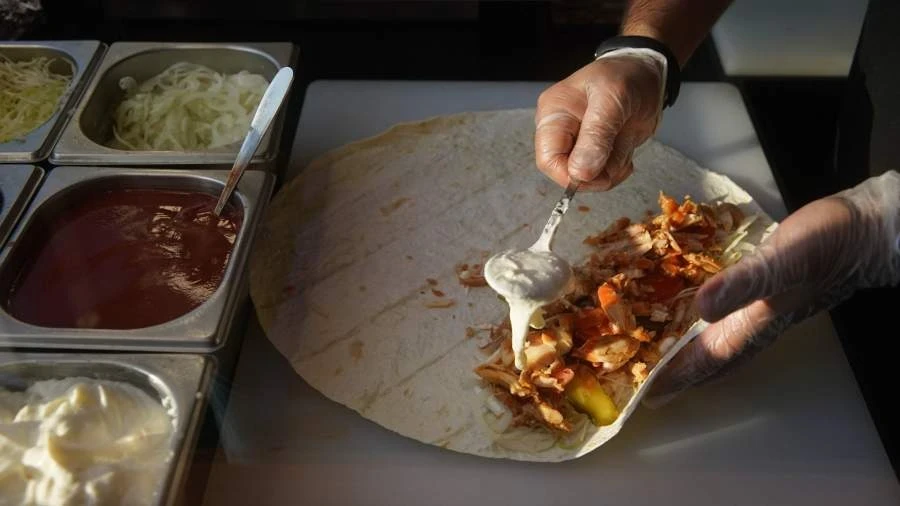
In most cases, they lack a modern system for the safe production and storage of food products A...
President Sadyr Japarov has approved the Law "On Consumer Credit," which was adopted by...
- The President of the Kyrgyz Republic, Sadyr Japarov, has approved the law "On Amendments to...
The President of the Kyrgyz Republic, Sadyr Japarov, has approved the draft law "On Amendments...
Legislative measures to combat fraud have been strengthened in Kyrgyzstan. President Sadyr Japarov...
The President of the Kyrgyz Republic, Sadyr Japarov, has signed amendments to the law concerning...
Sadyr Japarov, the President of Kyrgyzstan, recently signed a law that amends the Civil Code and...
The President of the Kyrgyz Republic, Sadyr Japarov, has approved a law that amends the existing...
The President of the Kyrgyz Republic, Sadyr Japarov, has signed a new law "On Amendments to...
President Sadyr Japarov approved the Law "On the Ratification of the Agreement on a Unified...
The President of the Kyrgyz Republic, Sadyr Japarov, has approved the draft law "On Amendments...
President Sadyr Japarov has approved the law "On Amendments to Certain Legislative Acts of the...
President Sadyr Japarov signed a law titled "On the Ratification of the Agreement on the...
President Sadyr Japarov has approved a new law concerning amendments to the Criminal Code. This law...
The Cabinet of Ministers approved changes to the operational rules of the Ministry of Emergency...
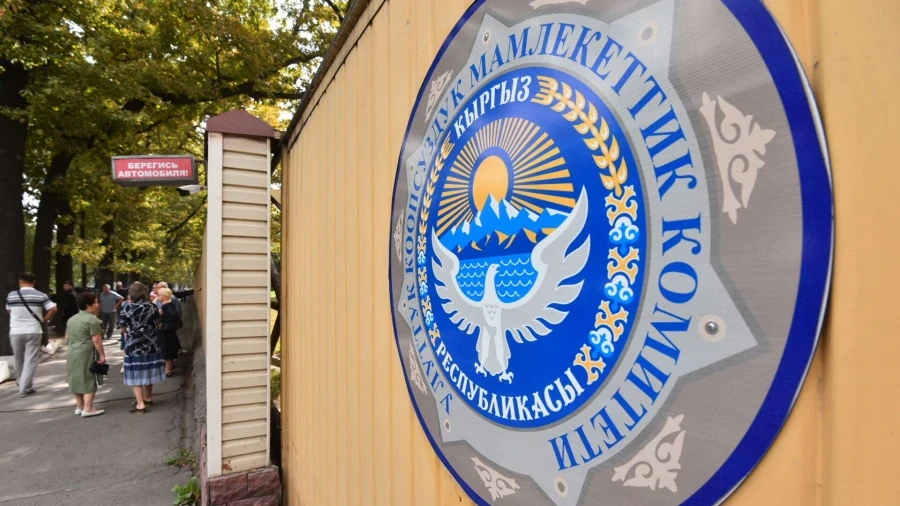
On September 24, the parliament approved a new bill...
- The Cabinet of Ministers has approved a resolution concerning the preparation of the...

On September 30, 2014, a round table is planned to discuss issues related to the problem of...

President of the Kyrgyz Republic Sadyr Japarov has signed a law that amends the country's...
The President of Kyrgyzstan, Sadyr Japarov, has signed amendments to the Law "On the Status of...
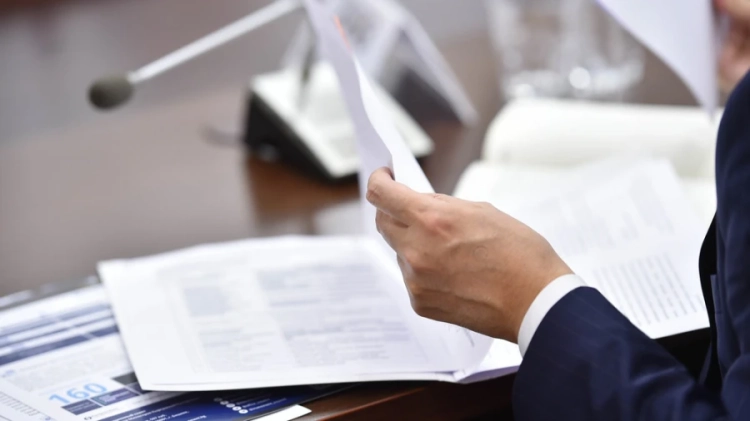
The law was signed by President Sadyr Japarov...
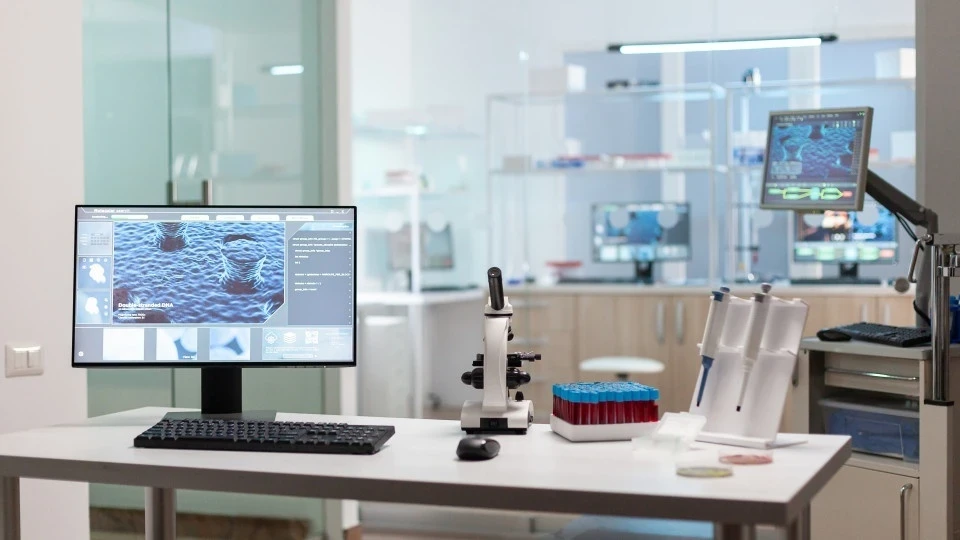
The most important document regulating these requirements is the Technical Regulation TR TS...
Sadyr Japarov, the President of Kyrgyzstan, has approved a draft law that amends a number of...
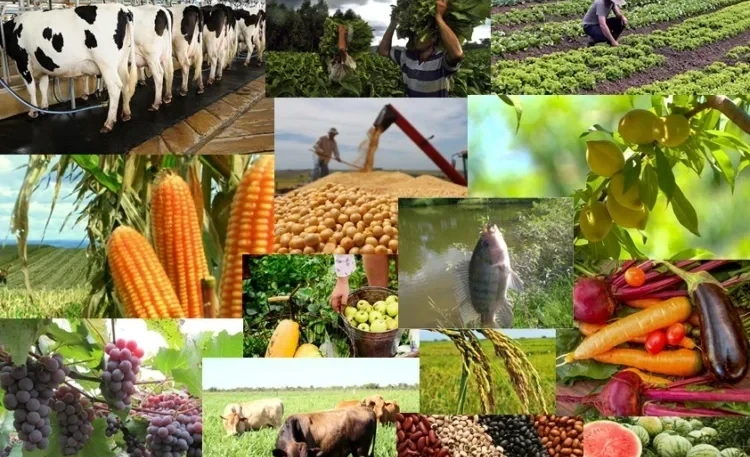
President of Kyrgyzstan Sadyr Japarov has approved amendments to the Law "On Food Security of...
In 2024, there were approximately 600 companies in the food industry of the Kyrgyz Republic, making...
- On October 15, 2025, the Cabinet of Ministers approved Resolution No. 665, according to which the...
According to information provided by the press service of the President's Administration,...
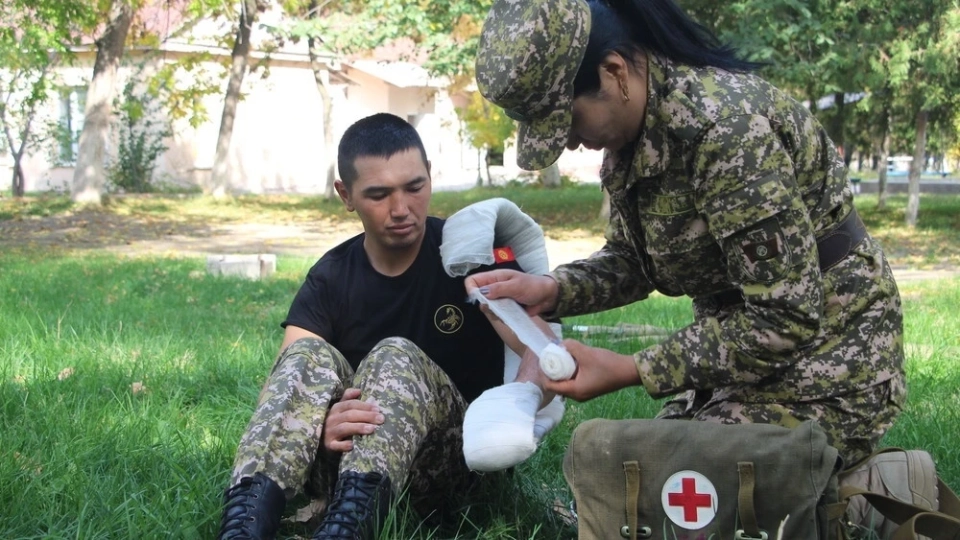
Sadyr Japarov, the President of the Kyrgyz Republic, has signed a new law that amends the existing...
- President Sadyr Japarov signed the Law "On Amendments to Certain Legislative Acts of the...

Babich Valentina Vasilievna Candidate of Technical Sciences, laureate of the State Prize of the...
Sadyr Japarov, the president of the country, has signed a new law "On Consumer Credit,"...